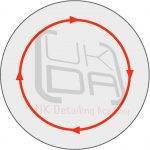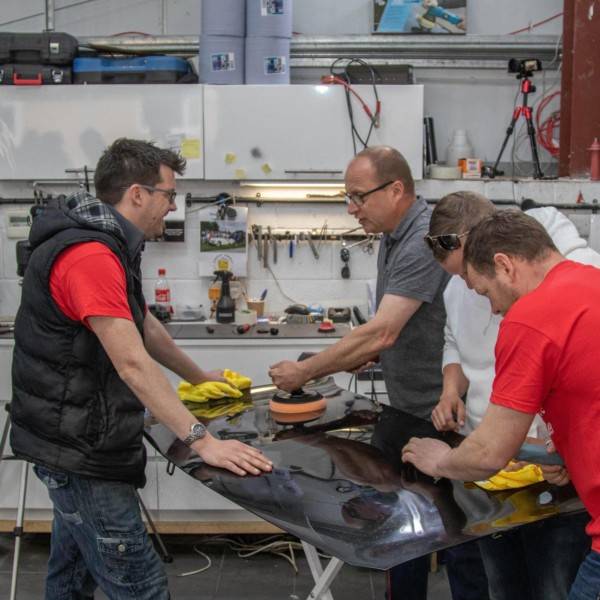Dual action or Rotary?
This question is as synonymous with detailing forums as “what wax should I buy for a black car”. Your first machine purchase can open up a world of possibilities and potential income if you get it right, and learn how to use it effectively.
So, let’s look at the two options.
Firstly let’s complicate it, there are THREE options. Dual action, Rotary and FORCED action (technically there are twin-head dual actions too, but only useful in very specific circumstances).

Dual action
Eg Flex XFE, Rupes LHR 15, Das 6.
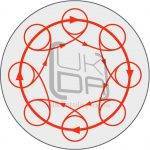
PROS
Versatile machine capable of correction, enhancement, and LSP application with a low risk of damage. Easy to master and muscle memory is less important. Cheap starter machines are available and you can achieve a lot with relatively little effort.
CONS
Cannot correct everything and can take longer to remove heavy defects. Low heat build-up means some diminishing compounds are less suited. Vibration from the machine can make it less comfortable to use over long periods. Micro-marring is the biggest issue with dual-action machines, so heavy cutting can require the same amount of refinement as holograms do on a rotary. Pad stall is probably the biggest issue you will encounter on DA, making them less useful on complex surfaces. Backing plate choice is limited by machine, so you’ll need more than one machine in order to be able use the full range of pad sizes.
Rotary
Makita, Flex PE14-2, Dodo Juice Spin Doctor… the list is endless.
PROS
A universal machine which can heavy cut or refine to a pin. Usable with any compound; though heat generated can break down diminishing compounds too quickly. Comfortable to use for long periods as they produce little to no vibration. Pad size choice is wider and it’s very adaptable, with many different sizes of backing plate and extension bars available.
CONS
Heat build-up and aggression can damage paintwork if used incorrectly and increase the risk of strikethrough. They require practice and the development of muscle memory to use effectively and comfortably, which only comes with time and practice. The increased heat can cause rebound issues on Ultra High Solid (UHS) clears so you’ll need to learn to adapt your technique to the situation. Use on surfaces such as GRP can go badly without experience, as heat dispersal is reduced by the substrate.
Forced Dual Action
eg Flex XCE/VRG, Rupes Mille, Vertool
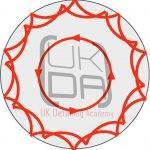
PROS
Known as forced DAs, a positive-action drive machine combines the safety of a DA with a lot of the cut a rotary gives you. They don’t stall on panels due to the gear-driven rotation, and act as a safer alternative to rotary polishers, allowing you to remove more defects, use larger pass areas, and cut quickly and efficiently. They can create heat useful in heavy correction, whilst being gentle enough to use as an application tool if needed.
CONS
Micro-marring can be an issue, as it can be with dual-action machines. They can also break down some compounds too quickly, as per with a rotary. They will require some muscle memory to master as they can pull you around a panel, and some of the popular versions spin the wrong way, making it feel odd and tricky to master for those used to rotary rotation. Only really useful over and above rotary and DA in certain scenarios.
So what should I buy?
All of these machines have their place, and as a professional, you should aim to be proficient in all types of polisher so as to be able to correct a vehicle as efficiently and as effectively as possible.
If you have the time to spend mastering it, and the expendable panels available to practice on, Rotary will give you the broadest range of use. Lower-end machines are cheap due to their simple design and are often noisy and heavy. A more expensive machine will make polishing easier and more comfortable once you have learnt the basics and is a worthwhile investment.
 If however, you are “earning and learning” – that is, you have practised but need to perfect your technique on paying jobs, you should probably go with a dual action machine. These are forgiving enough to allow you to make minor, easily fixed errors without too many consequences. They are powerful enough for 85-90% of the jobs you will encounter, though less efficient in some circumstances due to the slower rate of cut.
If however, you are “earning and learning” – that is, you have practised but need to perfect your technique on paying jobs, you should probably go with a dual action machine. These are forgiving enough to allow you to make minor, easily fixed errors without too many consequences. They are powerful enough for 85-90% of the jobs you will encounter, though less efficient in some circumstances due to the slower rate of cut.
Cheaper machines, whilst enticing, are a bit of a false investment. Not only will they offer less cut and potentially need replacing sooner, but if you think the vibration from a good dual action is harsh, wait until you try a cheap one. Your body, and therefore your efficiency, will thank you for investing in a quality machine early on.
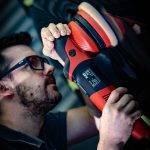
Forced action, despite seeming to have the best of both worlds, is probably the last machine of the three you should buy. It squarely covers the middle 80% of the polishing field, and – whilst extremely useful – you can achieve the same results and more with a combination of the other two machines when needed.
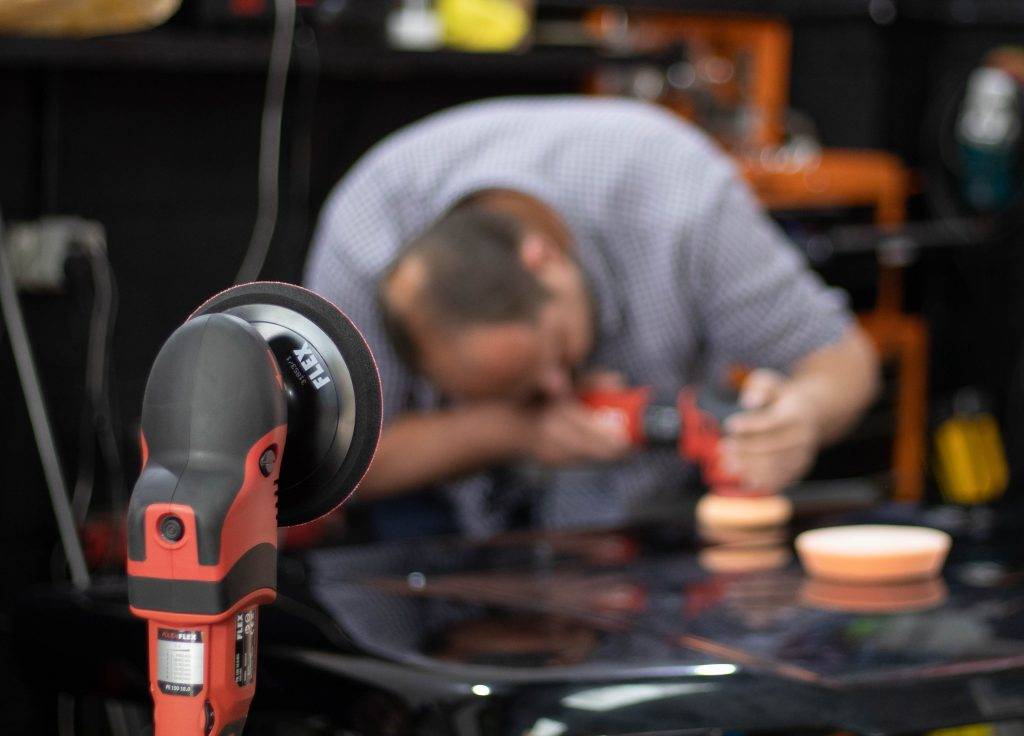
For most people starting out, the best option is to purchase a good quality dual action machine and a smaller 75mm dual action polisher, which will cover most enhancement and minor correction scenarios. Once you are comfortable with your first machine, look to purchase a Rotary and spend some time practising on scrap panels to get a feel for how it pulls and travels.

A course such as our 2-day introduction to machine polishing, or, if you are an existing professional, the Flexxperts course will get you up to speed on techniques for all machines, and getting the most out of these tools with proper pad and compound matching. They will give you instruction on every machine available, so you can gauge what to expect when you do expand your range so you are ready with the correct technical knowledge to progress. All in the safety of a classroom environment where you can make mistakes without dire consequences.
Want to know more? Get in touch

